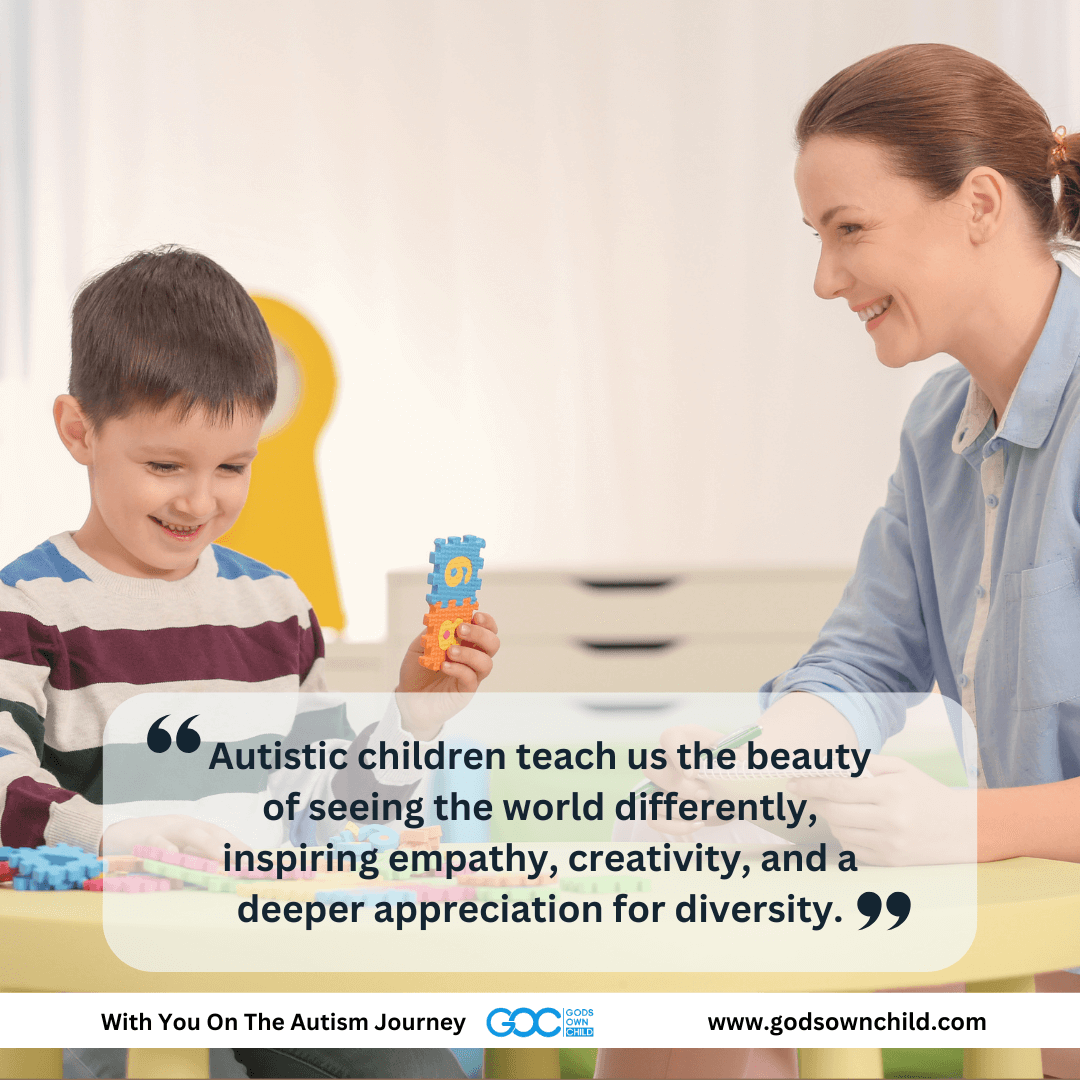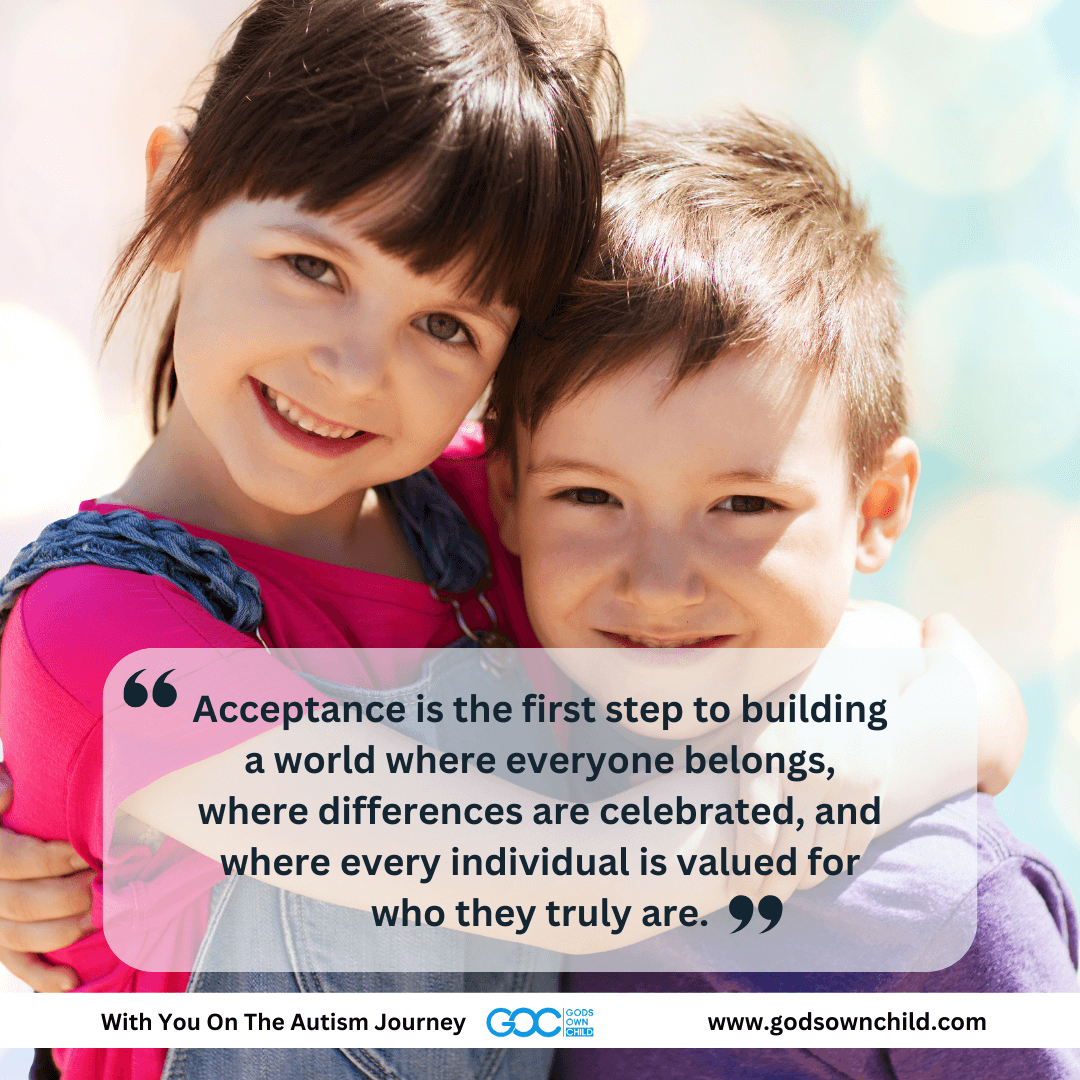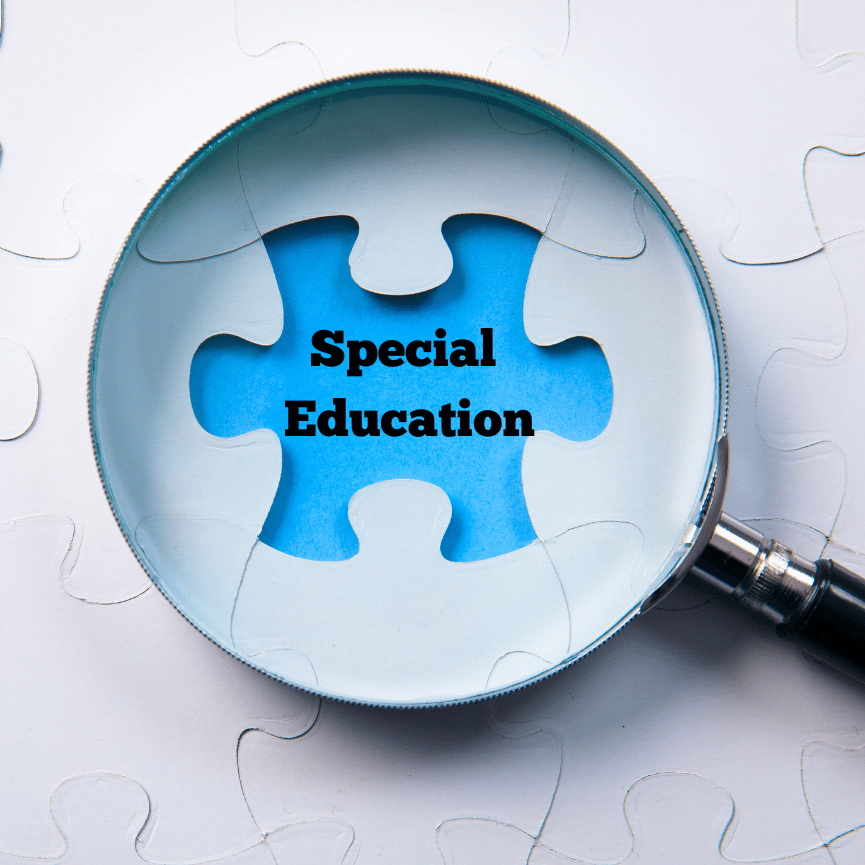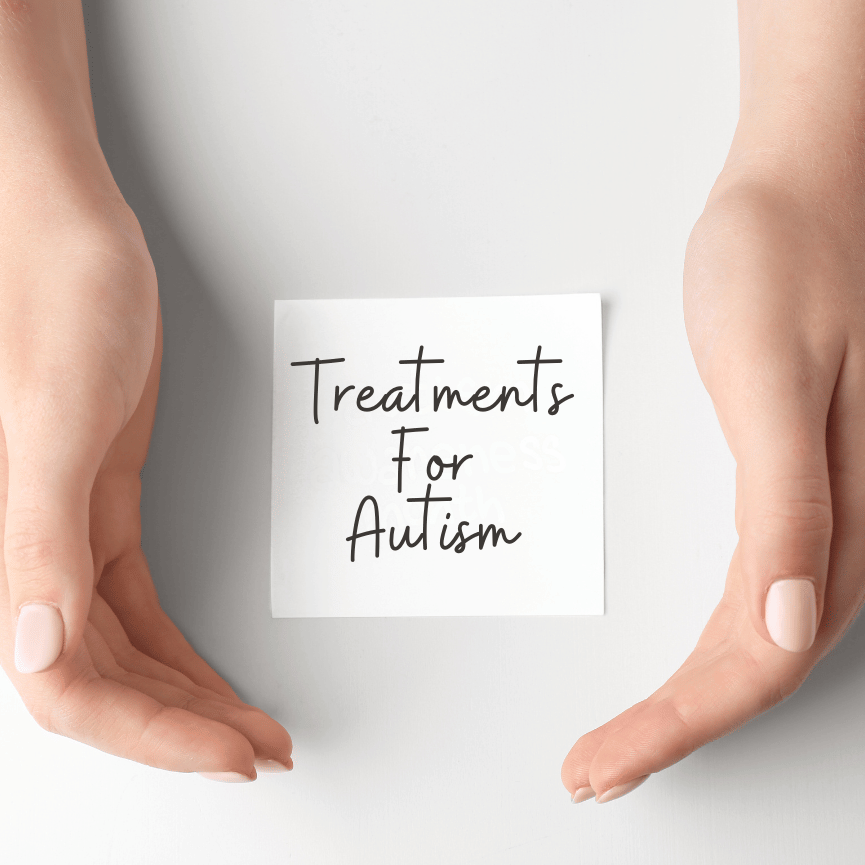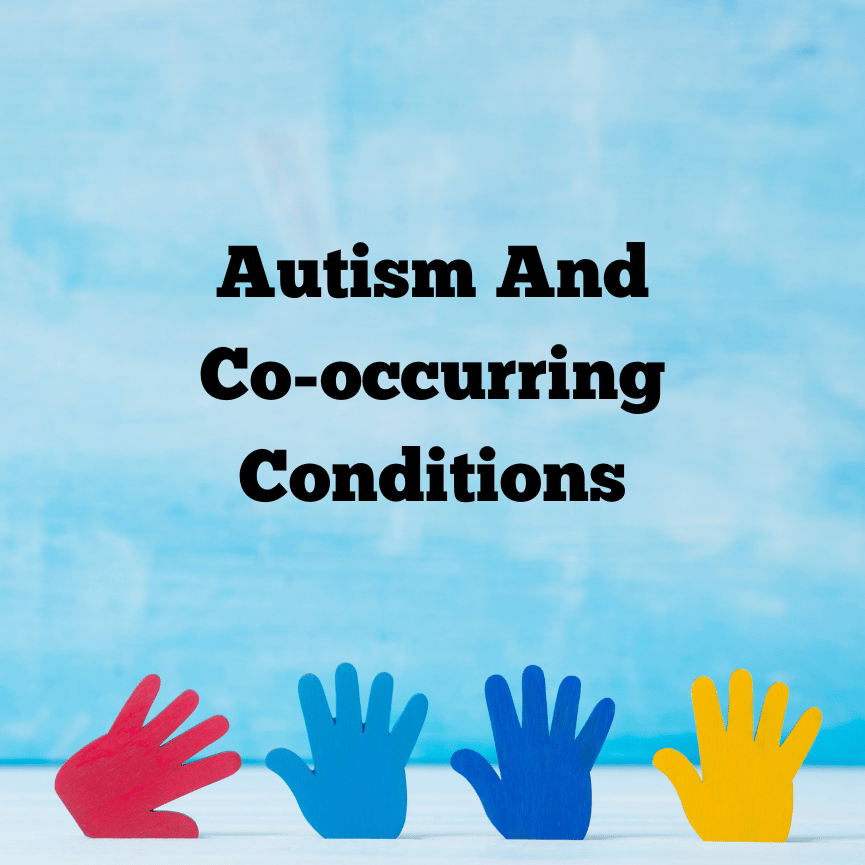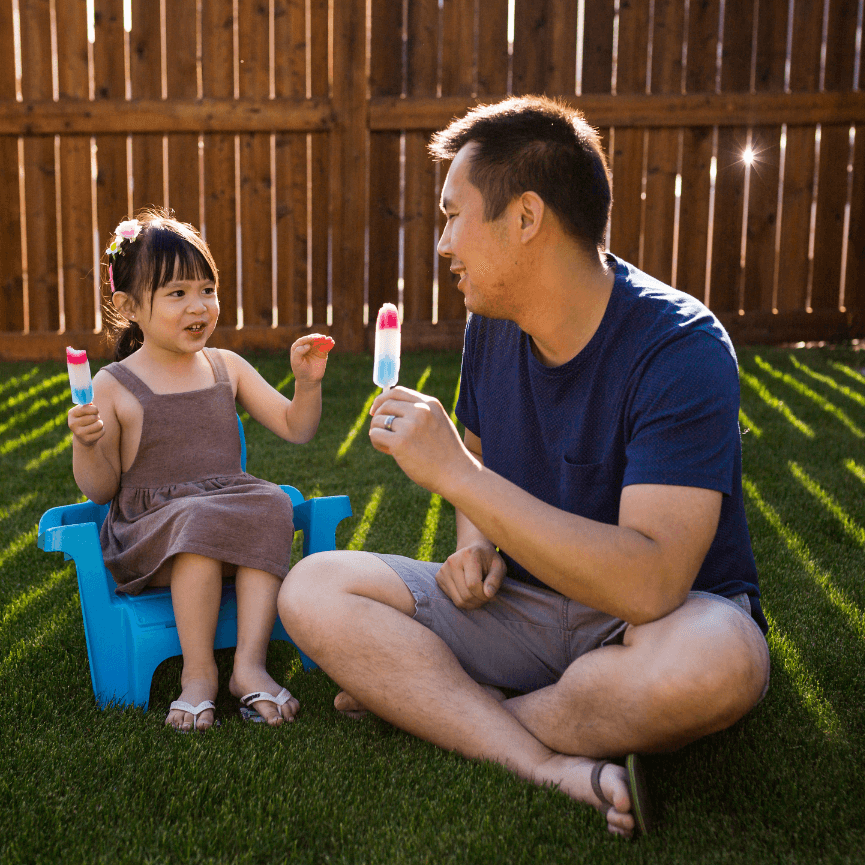
The Art of Active Listening: Creating Inclusive Conversations with Autistic Individuals
Active listening is more than just a communication skill—it’s a powerful tool for building understanding and trust. When interacting with autistic individuals, this practice becomes even more significant. Active listening fosters meaningful connections, promotes inclusion, and ensures that every voice is heard and respected. But how can we master this art, especially in diverse conversations where communication styles may vary? Let’s dive into this essential skill and explore its profound impact on creating inclusive conversations.
Understanding Autism and Communication
Autism Spectrum Disorder (ASD) is a neurodevelopmental condition characterized by a wide range of behaviors, communication styles, and sensory sensitivities. Autism affects people differently, making each individual's communication needs and preferences unique.
Some may be non-verbal and rely on alternative methods of communication like sign language, picture boards, or speech-generating devices. Others may use verbal communication but struggle with nuances like tone, sarcasm, or metaphorical language.
Common Communication Challenges in Autism
- Difficulty understanding abstract language.
- Trouble interpreting body language, facial expressions, or tone of voice.
- Delayed processing of verbal communication.
- Sensory overload that makes focusing on conversations challenging.
The Role of Listening in Effective Communication
Listening attentively allows us to bridge gaps in understanding and adapt our communication to meet the needs of autistic individuals. It shows respect for their unique perspective and encourages mutual understanding.
What Is Active Listening?
Definition of Active Listening
Active listening is a dynamic process of engaging with the speaker, not just to hear their words but to understand their emotions, intentions, and underlying messages. It’s about being fully present and responsive.
Key Components of Active Listening
- Paying Full Attention:
- Avoid distractions and focus entirely on the speaker. Make them feel they are the center of your attention.
- Using Verbal and Non-Verbal Cues:
- Use head nods, affirmative words like “I understand,” or non-verbal gestures to show you’re engaged.
- Avoiding Judgment:
- Refrain from making assumptions or jumping to conclusions about what the speaker means.
- Reflecting and Responding:
- Paraphrase or summarize their points to ensure you’ve understood correctly. For instance, say, “So, you’re saying that loud environments make it harder to concentrate?”
Why Active Listening Is Crucial for Autistic Individuals
Building Trust and Understanding
Autistic individuals often face misunderstandings or feel unheard. Active listening creates a safe space where they feel valued, helping build trust over time.
Encouraging Self-Expression
When you genuinely listen, it signals that their voice matters. This encouragement can boost their confidence to express themselves openly.
Reducing Anxiety in Conversations
Conversations can be overwhelming for some autistic individuals, especially if they feel rushed or misunderstood. Active listening, combined with patience and empathy, reduces this anxiety by creating a calming and respectful environment.
How to Practice Active Listening with Autistic Individuals
Prepare for the Conversation
Before starting a conversation, minimize distractions. Choose a quiet, comfortable environment that accommodates their sensory needs.
Focus on Non-Verbal Communication
Autistic individuals may use body language or facial expressions to communicate. Be observant and responsive to these cues. For instance, if someone avoids eye contact, respect that it might help them focus better.
Be Patient and Allow Processing Time
Processing verbal information can take longer for some autistic individuals. Pause after speaking and give them ample time to respond without rushing them.
Ask Open-Ended Questions
Instead of yes-or-no questions, use prompts that encourage detailed responses. For example, “What’s your favorite way to relax?” instead of “Do you like relaxing?”
Avoid Interrupting or Correcting
Let them finish their thoughts, even if there are long pauses or they struggle with wording. Interrupting can disrupt their flow and make them feel dismissed.
Use Simple and Clear Language
Complex sentences, idioms, or sarcasm can be confusing. Stick to straightforward and literal language that’s easier to process.
Common Mistakes to Avoid in Conversations
Making Assumptions About Their Needs
Each autistic individual is unique. Don’t assume their needs or preferences based on stereotypes or past experiences. Instead, ask directly when appropriate.
Overloading the Conversation with Questions
Too many questions at once can feel overwhelming and make the conversation seem like an interrogation. Space them out and allow natural pauses.
Ignoring Non-Verbal Cues
Non-verbal cues like fidgeting, avoiding eye contact, or changing posture can indicate discomfort or the need for a break. Pay attention and adjust accordingly.
Real-Life Examples of Active Listening in Action
Parent-Child Interaction
A parent might actively listen to their child’s interests, such as a passion for dinosaurs, by engaging in conversations, asking thoughtful questions, and showing genuine enthusiasm.
Teacher-Student Communication
A teacher might notice a student struggling to express an idea and patiently wait while offering gentle prompts, creating a supportive classroom environment.
Workplace Conversations
In the workplace, a manager practicing active listening with an autistic employee might adapt communication styles, use written notes for clarity, and ensure the employee feels heard.
Benefits of Active Listening for Both Parties
Strengthened Relationships
Active listening builds mutual trust and respect, strengthening personal and professional relationships.
Improved Emotional Well-Being
Feeling heard and understood can reduce stress and increase confidence for autistic individuals, while also fostering empathy in the listener.
Enhanced Problem-Solving
Clear and open communication helps identify and address issues more effectively, leading to better outcomes for everyone involved.
Steps to Teach Active Listening to Others
Raising Awareness About Communication Differences
Educate others about the unique ways autistic individuals may communicate, emphasizing the importance of listening without judgment.
Role-Playing Activities for Practice
Practice active listening in controlled scenarios to help others understand and apply these skills effectively.
Creating Inclusive Policies in Communities
Promote active listening by implementing policies in schools, workplaces, and community spaces that encourage respectful and empathetic communication.
Tools and Resources to Enhance Active Listening Skills
Autism-Friendly Communication Apps
Apps like Avaz or Proloquo2Go support communication for non-verbal individuals, aiding listeners in understanding their needs.
Books and Guides on Active Listening
Resources like The Listening Book by W.A. Mathieu provide practical tips for improving listening skills.
Training Workshops and Support Groups
Community-led initiatives often offer training in active listening tailored to interacting with autistic individuals.
Active listening isn’t just a skill—it’s a bridge to understanding, inclusion, and meaningful connections. By practicing patience, empathy, and attentiveness, we can transform how we communicate with autistic individuals, making every interaction a step toward a more inclusive society. Start small, practice often, and see how the art of listening can make a big difference.

